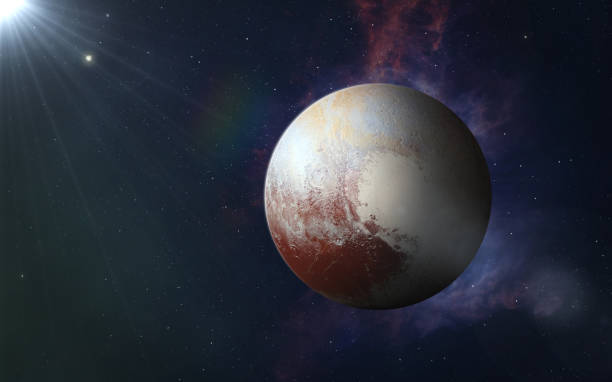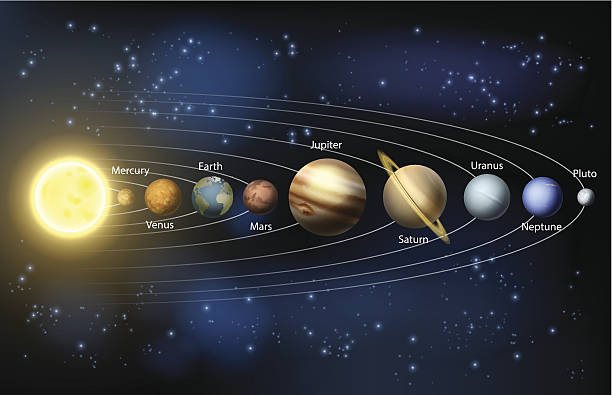Pluto planet once considered 9th planet in our solar system, has since been reclassified as a dwarf planet. Nevertheless it remains a fascinating celestial object.
Here are some interesting facts about Pluto planet:-
1. Dwarf Planet: Pluto planet is categorized as a dwarf planet. This classification introduced by International Astronomical Union (IAU) in 2006. It no longer holds the status of a full fledged planet.
2. Discovery: Pluto planet was discovered in 1930 by American astronomer Clyde Tombaugh at Lowell Observatory in Arizona.
3. Small Size: Pluto planet is quite small compared to the planets in our solar system. It has a diameter of approximately 1,474 miles (2,372 km). It is smaller than Earth's moon.
4. Icy Composition: Pluto planet is primarily composed of rock and ice. It has a thin atmosphere composed mainly of nitrogen with traces of methane and carbon monoxide.
5. Orbit Beyond Neptune: Pluto planet's orbit is highly elliptical and tilted relative to plane of solar system. At times it comes closer to the Sun than Neptune, but for most of its orbit, it is farther away.
6. Moons: Pluto planet has five known moons. The largest and closest moon is Charon, followed by Styx, Nix, Kerberos and Hydra. Charon is particularly large compared to Pluto, leading some to describe the Pluto Charon system as a "double dwarf planet."
7. Heart-Shaped Feature: Pluto planet's surface features a prominent heart shaped region called "Tombaugh Regio," which is named after Pluto's discoverer, Clyde Tombaugh. It's composed of nitrogen ice and other ice.
8. New Horizons Mission: NASA's New Horizons spacecraft conducted a historic flyby of Pluto in July 2015, which providing the first close up images and detailed data about dwarf planet and its moons.
9. Far from Sun: Pluto planet is one of the most distant objects in our solar system, with an average distance from the Sun of about 3.67 billion miles (5.91 billion km).
10. Pluto's Surface: Pluto planet's surface is covered in a variety of terrains including icy plains, mountains and valleys. It also exhibits features that suggest geological activity.
11. Disputed Planetary Status: Pluto planet's classification as a planet was subject of debate among astronomers for many years. It was eventually reclassified as a dwarf planet by IAU due to its size and orbital characteristics.
12. Named After Roman God of Underworld: Pluto planet is named after Roman god of underworld, which is equivalent to Greek god Hades. Its moon Charon is named after ferryman who transported souls across the river Styx in Greek mythology.
13. Surface Methane Ice: The reddish coloration on Pluto planet's surface is attributed to complex molecules formed by interaction of ultraviolet light with methane and nitrogen in its atmosphere.
14. Highly Eccentric Orbit: Pluto planet's orbit is highly eccentric, meaning it is elongated and not circular. This results in significant variations in its distance from Sun during its orbit.
15. Extended Atmosphere: Despite its small size and distance from Sun, Pluto planet has a thin and extended atmosphere that can vary with its position in orbit.
These are the interesting/amazing facts about Pluto planet. Pluto planet remains a subject of scientific interest and continues to reveal its secrets through space missions like New Horizons. Its status as a dwarf planet has sparked discussions about the classification of celestial bodies in our solar system and beyond.



